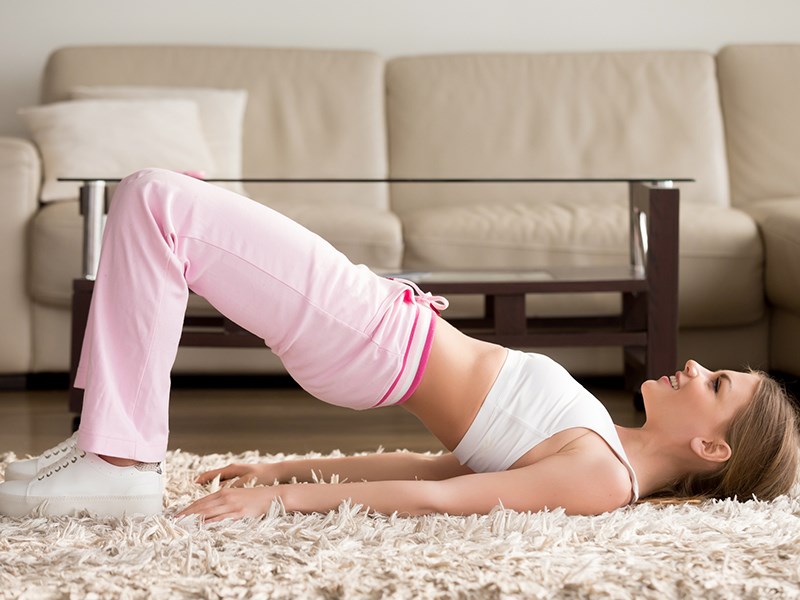Many of us conflate our “core” with the six-pack, especially since the six-pack is the upper-most abdominal muscle and can easily be felt when doing exercises that involve the core.
Beyond that, we also incorrectly consider the six-pack to be a visual representation of elite physical fitness. But in reality, having a visible rectus abdominis (six-pack) is more about diet than training.
We all have six-packs; it’s just for most of us they are covered by a layer of fat. Now don’t be scared by the word “fat.” It’s good for us to have some body fat, and necessary for us to intake quality fats in our diets. It is for this reason the six-pack is a somewhat unrealistic, and in some cases, unhealthy ideal.
When the rectus abdominis can be seen, it is not necessarily because it is extraordinarily strong, but because there is no fat covering it, so the muscle visually pops out. So it is possible to have a weak core, but a visible rectus abdominis. In fact, the rectus abdominis is just one of many muscles involved in core stability and strength.
When we talk about the core, we’re actually referring to a group of muscles responsible for stabilizing your entire body: the rectus abdominis, erector spinae, internal and external obliques, transverse abdominis, multifidus and quadratus lumborum.
It’s more important to consider developing a strong core rather than just focusing on the appearance of the rectus abdominis. A strong core will help keep us stable, upright and independent well into old age.
We can achieve a strong core by learning to engage it in all planes of movement during exercise, and our everyday lives. Actively engaging our core is one way we can help prevent injury, especially to the lower back. As you breathe in, tense your core muscles and imagine you are making a steel cage to trap your breath. Keep the cage you have just made and then allow your breath to flow naturally.
This is core engagement and the creation of a stable base for movement. We should always have some active core engagement, even when sitting at our desks working.
As we participate in our favourite exercises, sports and hobbies, remember to engage your core. It will keep you doing what you love for years to come.
It's time to ditch the six-pack ideal. A better measure of our fitness is how strong we feel when pushing ourselves physically, not how we look. Remember, we do not need washboard abs; we have electric washing machines now. Do what you can with what you have where you are, and always prioritize the positive.
Functional core mini workout
• Start with a 20-second plank times three. Increase your plank time by 10 seconds each time you do the core workout.
• Start with 10 hip lifts times three. The first time, do the hip lifts without weight. Each successive time you do the workout, add weight to your hips in two-kilogram increments.
• Start with 15 woodchops times three on each side. Begin with no weight and each time you do the workout, increase the weight in two-kilogram increments.
Melissa Sloos is a certified group fitness instructor, spin instructor and studio manager at Coast Fitness.



